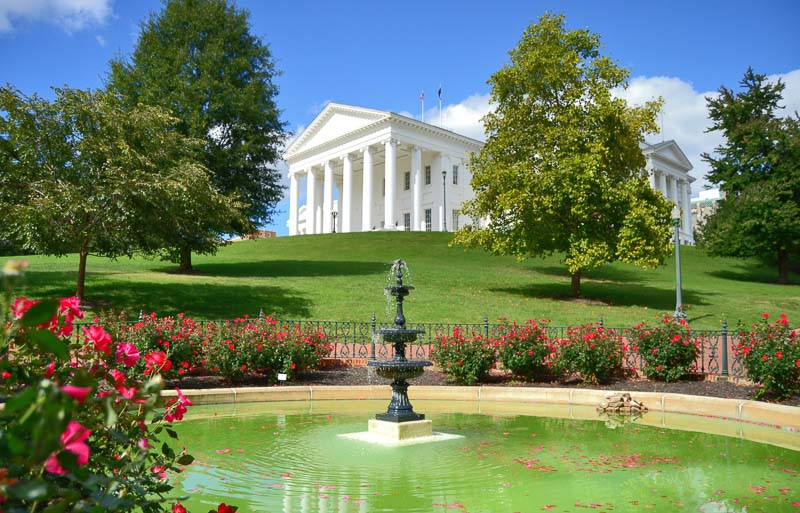Southeast Native Plants: Expert Tips for Gardening Success
Gardening with native plants in the Southeast U.S. can offer unique advantages, from water conservation to supporting local wildlife. Here are some expert tips for successful native plant gardening in this region:
- Select Suitable Plants: Choose native plants that suit your garden’s conditions, including light exposure, soil type, and moisture levels. For instance, Swamp Milkweed is perfect for wet areas, while Scarlet Sage thrives in dry conditions.
- Prepare Your Soil: Many Southeastern plants prefer well-drained soil. Amend heavy clay soils with organic compost to improve texture and drainage.
- Plant in the Right Season: Spring and fall are typically the best times to plant in the Southeast, allowing plants to establish roots before extreme temperatures.
- Water Wisely: Native plants are generally drought-tolerant once established, but they’ll need regular watering during their first year.
- Plant in Groups: Planting in groups or communities not only enhances visual interest but also benefits pollinators who prefer to feed on large patches of a single plant species.
- Support Wildlife: Many Southeastern plants are excellent for attracting wildlife. Choose a variety of plants to provide year-round food sources for birds and pollinators.
- Minimize Chemical Use: Native plants are adapted to local conditions and typically require less fertilizer and fewer pesticides.
- Buy Local: Purchase plants from local nurseries to ensure they’re adapted to your area, and to support local businesses.
By following these tips, you can create a sustainable, vibrant garden that not only thrives in the Southeast’s unique conditions but also contributes to the health and biodiversity of the local ecosystem.













